Disclosure: This article contains affiliate links. We may earn a commission from purchases at no extra cost to you, which helps our travel content.
As someone who's spent years tracing family histories across continents, I've developed a sixth sense for finding historical gems hiding in plain sight. Boston's Freedom Trail gets all the glory (and the crowds), but the city's revolutionary spirit extends far beyond those famous 16 sites. During my recent trip to Boston—a brief detour from my genealogical research in Nova Scotia—I discovered that some of the most fascinating Revolutionary War stories are tucked away in quieter corners of the city. Pack your comfortable walking shoes and your curiosity; we're about to explore Boston's revolutionary past without the revolutionary crowds.
Dorchester Heights National Historic Site: The Forgotten Victory
Perched atop Telegraph Hill in South Boston sits a surprisingly peaceful marble tower commemorating one of Washington's most brilliant strategic moves. While every schoolchild learns about the British evacuation of Boston, few visitors realize you can stand on the exact spot where colonial forces positioned their cannons overnight—cannons that had been dragged 300 miles from Fort Ticonderoga by Henry Knox's men.
The site offers panoramic views of Boston Harbor that instantly clarify why this position was so militarily significant. On a crisp fall morning, with leaves turning golden around the monument, I found myself completely alone here—a stark contrast to the crowds shuffling along the Freedom Trail downtown.
The interpretive signs explain how this bloodless victory changed the course of the war, but standing there, watching the morning light on the harbor, I couldn't help thinking about the ordinary Bostonians who woke up that March morning in 1776 to find their city's fate had shifted overnight. For families with energetic kids, the adjacent Thomas Park offers plenty of space to run around while absorbing some revolutionary history by osmosis.
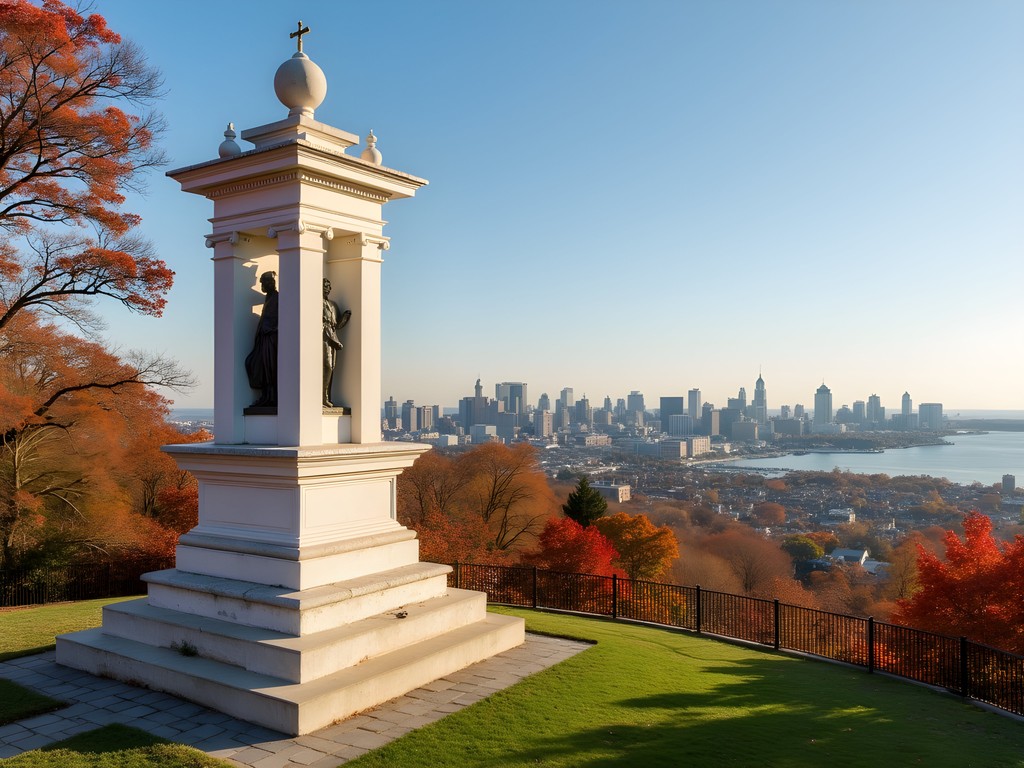
💡 Pro Tips
- Visit on weekday mornings to have the site almost entirely to yourself
- Take the #9 bus from Broadway Station if you're not up for the steep walk to the top
- Bring a compact monocular to spot landmarks across the harbor
Copp's Hill Burying Ground: Stories Etched in Stone
While the Freedom Trail does technically include Copp's Hill, most visitors breeze through without discovering its most fascinating stories. This centuries-old cemetery in Boston's North End holds the remains of fascinating revolutionary figures, including those of the Mather family—influential Puritan ministers whose writings shaped early American thought.
What captivated me most were the gravestones bearing bullet marks from British soldiers who reportedly used them for target practice during their occupation of Boston. As a genealogist who's spent countless hours in cemeteries across Europe searching for family connections, I've developed a knack for spotting these small but telling details.
The cemetery sits on a hill overlooking the Charlestown waterfront, offering views of where the Battle of Bunker Hill unfolded. I recommend bringing a rubbing kit if you're visiting with children—making gravestone rubbings (where permitted) creates meaningful souvenirs and helps kids connect with history in a tangible way.
For history buffs interested in early American printing, look for the grave of Robert Newman, the sexton who hung the lanterns in the Old North Church for Paul Revere's famous ride.
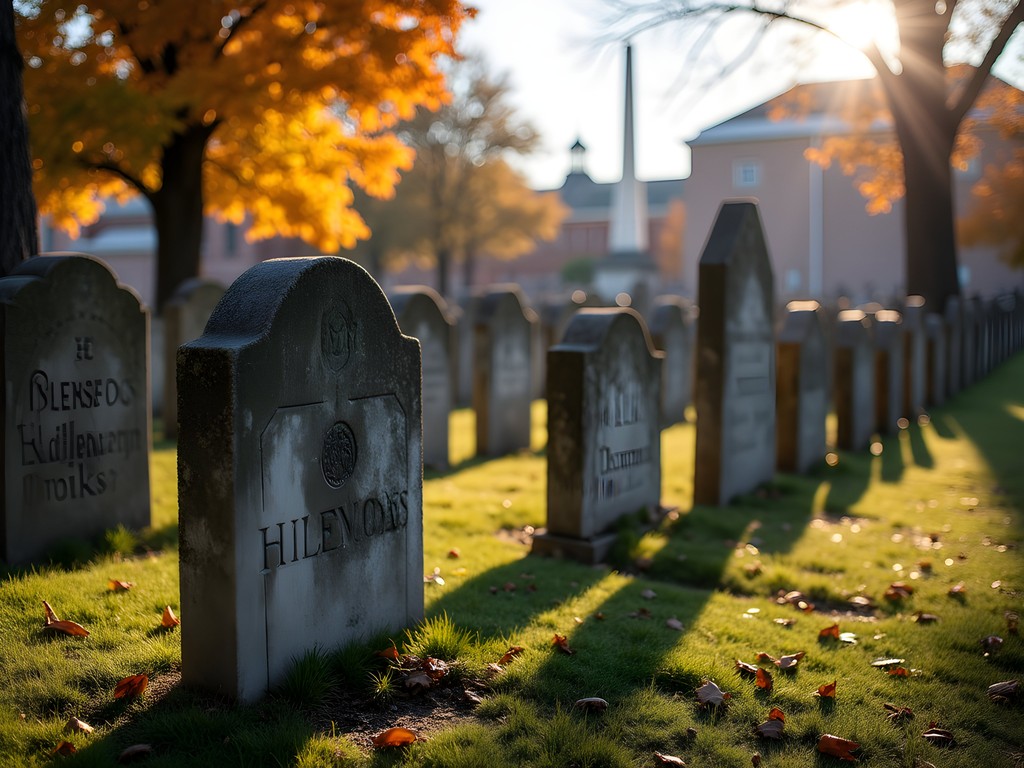
💡 Pro Tips
- Visit in late afternoon when the slanting light makes the weathered inscriptions easier to read
- Look for the gravestone of Captain Daniel Malcolm, which bears British bullet marks
- Download the free Copp's Hill self-guided tour app before visiting
Brook Farm: The Revolutionary Aftermath
While most Revolutionary War sites focus on the conflict itself, Brook Farm in Boston's West Roxbury neighborhood tells the fascinating story of what came after—the social experiments that grew from America's revolutionary ideals. This transcendentalist utopian community founded in the 1840s attracted intellectuals like Nathaniel Hawthorne and Margaret Fuller, who sought to create a more perfect society based on equality and intellectual freedom.
Today, the 179-acre historic site is a peaceful nature preserve where you can walk the same paths as these revolutionary thinkers. My Ukrainian grandfather would have appreciated their communal living experiment, which echoed some of the idealistic communities that briefly flourished in Eastern Europe before the Soviet era.
Before visiting, I highly recommend reading American Bloomsbury to understand the intellectual ferment of the era. The book provides excellent context for appreciating what these thinkers were trying to achieve.
Fall is the perfect time to visit, with the woodland trails showcasing New England's famous foliage. For families, the combination of open space, easy walking paths, and historical significance makes this an ideal afternoon excursion away from downtown crowds.
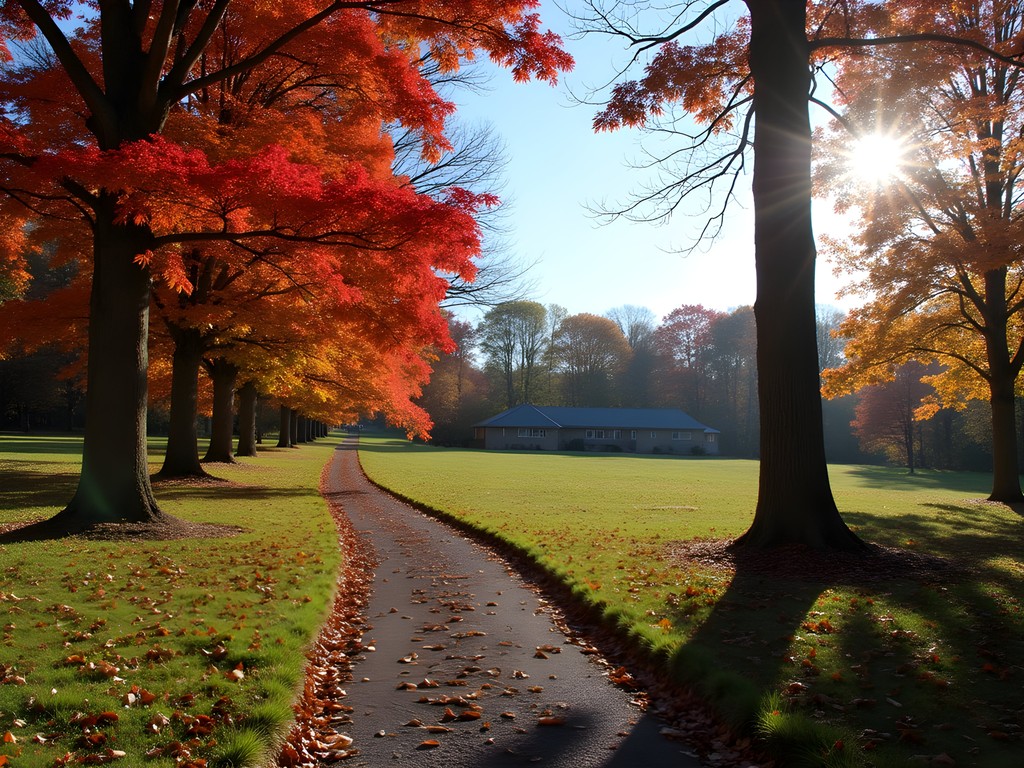
💡 Pro Tips
- Wear waterproof hiking shoes as the trails can be muddy after rain
- Print the historical site map from the Massachusetts DCR website before visiting
- Look for the foundation stones of the original buildings, which are marked with interpretive signs
Shirley-Eustis House: Revolutionary Headquarters
Tucked away in Boston's Roxbury neighborhood stands one of only four remaining colonial governor's mansions in the country. The Shirley-Eustis House served as temporary headquarters for General Washington and later housed Governor William Eustis, who served as Secretary of War under President Madison.
What makes this site special is how it connects the Revolutionary era to the often-overlooked War of 1812—America's second fight for independence. As a Canadian with Scottish roots, I appreciate sites that acknowledge the complex British-American-Canadian relationships of this period.
The mansion's beautiful Georgian architecture is complemented by period gardens that are particularly lovely in fall. The knowledgeable guides share fascinating details about daily life during revolutionary times, including the roles of women and enslaved people in the household.
For families visiting Boston, this site offers a welcome respite from downtown crowds and provides children with space to move around while learning. I recommend bringing a colonial history activity book to keep younger visitors engaged between guided tours.
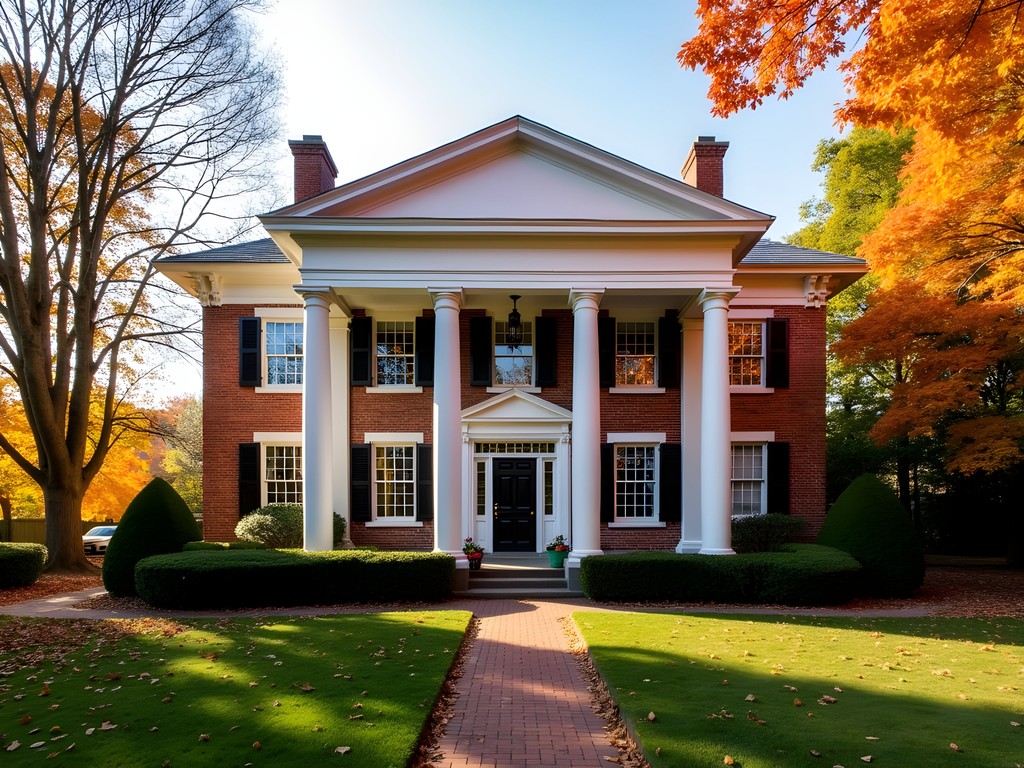
💡 Pro Tips
- Call ahead to confirm tour times as they operate with limited hours
- Look for the secret compartment in the library that once hid important documents
- Ask about their special events calendar—they occasionally host colonial cooking demonstrations
Fort Independence on Castle Island: Harbor Defenses
Connected to South Boston by a causeway, Castle Island feels worlds away from downtown despite being just a short drive from the city center. Fort Independence, a pentagonal granite fort that stands guard over Boston Harbor, has defended the city since the earliest colonial days, though the current structure dates to the early 19th century.
What fascinates me about this site is its continuous military use from the American Revolution through World War II—a physical reminder of how the young nation's defenses evolved. The fort offers guided tours that take you through the dark, cool corridors and up to spectacular harbor views from the ramparts.
For military history buffs, I recommend bringing a tactical flashlight to better examine the darker interior chambers and passageways. The guides appreciate visitors who come prepared to explore thoroughly.
The surrounding park offers beautiful walking paths along the water, making this an ideal family destination where kids can burn energy running around the fort's exterior while parents enjoy the harbor views. In fall, the crisp air and smaller crowds make this one of Boston's most pleasant outdoor historical sites.
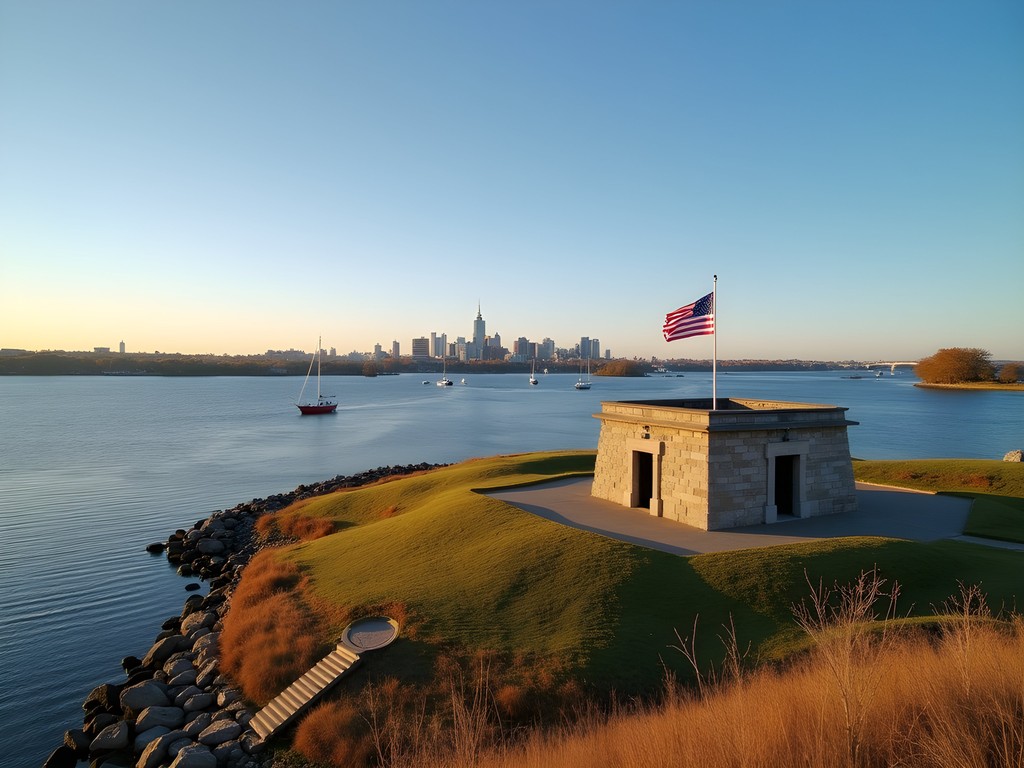
💡 Pro Tips
- Combine your visit with Sullivan's food stand (a local institution) for affordable clam strips and ice cream
- Check the schedule for free ranger-led tours, which provide access to areas not open for self-guided exploration
- Bring a windbreaker as the harbor location can be quite breezy even on warm days
Final Thoughts
Boston's revolutionary story extends far beyond the red-bricked Freedom Trail, rewarding curious travelers who venture just a bit off the beaten path. As a genealogist accustomed to piecing together family histories from fragmentary evidence, I've found that these lesser-known sites often provide the most authentic connections to our shared past. They offer breathing room for reflection that's sometimes difficult to find at more crowded landmarks.
What makes these hidden gems particularly special is how they reveal the revolution's impact on ordinary citizens—the farmers who became soldiers, the families who endured occupation, and the thinkers who translated military victory into social experimentation. For families visiting Boston, these sites provide valuable learning opportunities without the overwhelm of major attractions.
I encourage you to carve out time during your Boston visit to explore at least two or three of these overlooked treasures. Whether you're a history buff, a family with curious kids, or simply someone seeking a more nuanced understanding of America's founding story, these sites will enrich your experience of this remarkable city. After all, revolutions don't just happen on main streets—they unfold in neighborhoods, homes, and hearts throughout a community.
✨ Key Takeaways
- Boston's revolutionary history extends well beyond the famous Freedom Trail sites
- Fall is ideal for exploring these lesser-known historical gems with smaller crowds and beautiful foliage
- These sites often provide more authentic connections to everyday revolutionary-era life
📋 Practical Information
Best Time to Visit
September-November
Budget Estimate
$150-300 for a weekend (excluding accommodations)
Recommended Duration
2-3 days
Difficulty Level
Easy

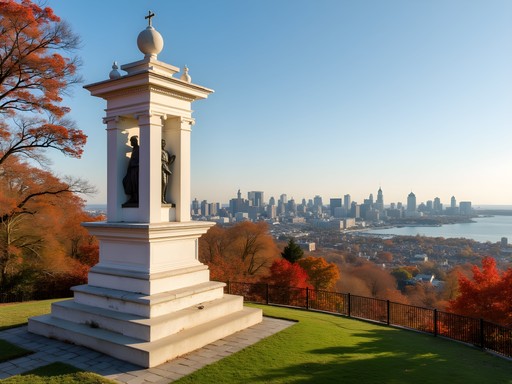
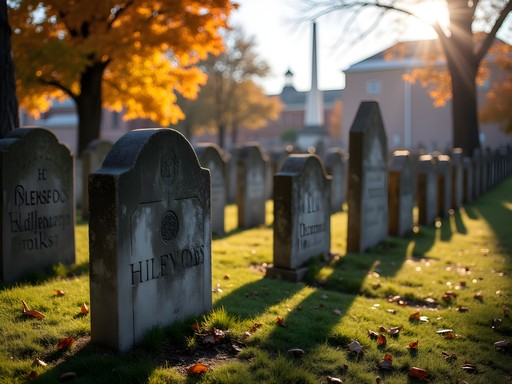
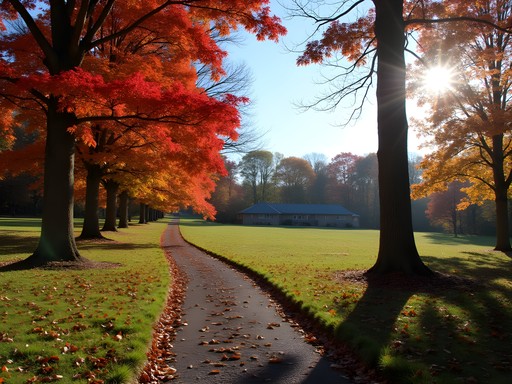

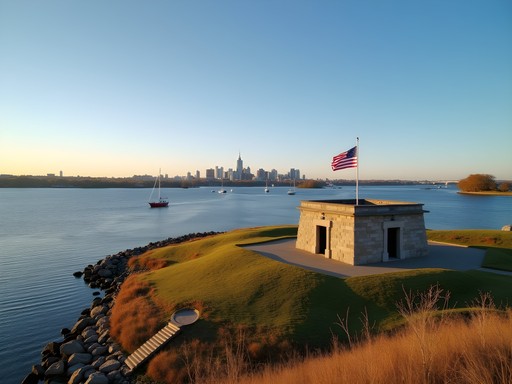










Comments
Claire Hawkins
This brought back such memories! When we took our family to Boston last summer, we were so tired of fighting crowds on the Freedom Trail. We ended up at Dorchester Heights by chance and my history-obsessed son was thrilled to learn about how Washington forced the British evacuation. The ranger there told us a fascinating story about how they hauled cannons all the way from Fort Ticonderoga! We also loved the Shirley-Eustis House - they had a special kids' program where they could dress up in colonial clothes and try writing with quill pens. Sometimes the less famous spots offer the most memorable experiences, especially with kids who can actually touch history instead of just looking at it behind ropes.
adventurefan
That's so cool about the kids' program! Is it a regular thing or special event?
Claire Hawkins
They do it every Saturday morning in summer and during school holidays! Check their website for the schedule - totally worth planning around.
Frank Garcia
Great post Claire! I spent a month backpacking through New England last autumn and the Shirley-Eustis House was a highlight. It's criminally underrated compared to the Freedom Trail sites. The docent there told me they get about 1/10th the visitors of the more famous sites, but the history is just as rich. For anyone planning to visit these spots, I found that the Boston Explorer Pass saved me quite a bit on admission fees. Also, the Brook Farm site is a bit tricky to reach by public transport, so I'd recommend renting bikes if the weather's good - there are some lovely routes to get there!
Claire Cox
Thanks for the transportation tip, Frank! You're right about Brook Farm - it's a bit out of the way but so worth it. And yes, the Shirley-Eustis House deserves so much more attention than it gets!
wildvibes
Just looked up the Shirley-Eustis House - wow, how have I never heard of this place? Definitely going there next month!
wanderlustlife856
OMG I'm so excited to see Copp's Hill on this list! We stumbled across it last fall and spent hours reading the gravestones. Some of them are so old the inscriptions are barely readable, but it felt like time traveling! The view of the harbor is stunning too. Does anyone know if they do any special tours or events there? Would love to learn more about the people buried there next time I visit.
Frank Garcia
They actually do seasonal lantern tours at Copp's Hill during October! I went last year and it was fascinating - they have actors portraying historical figures buried there. Book early though, they sell out fast.
wanderlustlife856
That sounds amazing! Definitely adding that to my fall travel plans. Thanks for the tip!
wildvibes
I've been to Boston twice and never knew about Dorchester Heights! Adding it to my list for next time.
Claire Cox
It's definitely worth the visit! The views of the harbor alone are worth the trip.
islandlife
Love this! Saving for my trip next spring!
photogal6161
Just visited Copp's Hill based on this recommendation and it was incredible! So peaceful compared to the chaos of the Freedom Trail. I found the grave of Cotton Mather that you mentioned and spent some time photographing the unusual skull carvings. The view of the harbor is worth the climb alone. Pro tip for others: if you go on a weekday morning, you'll practically have the place to yourself.
backpackphotographer
Great post! What time of day did you take that stunning photo of Dorchester Heights? The lighting looks perfect.
Claire Cox
Thanks! That was about an hour before sunset in late October. The golden hour there is magical - the monument practically glows!
wanderlustguide
Is Brook Farm suitable for kids? My 8 and 10 year olds are into history but get bored easily.
Claire Hawkins
My kids (7 and 9) actually enjoyed Brook Farm because of the open space to run around. There's not a ton of structured exhibits, but the walking trails are nice. I'd bring a picnic and maybe a history scavenger hunt you create yourself to keep them engaged!
Kimberly Murphy
Claire, this is brilliant! I was in Boston last autumn and stumbled upon Copp's Hill Burying Ground by accident. What a hauntingly beautiful place! The inscriptions on those weathered tombstones tell such fascinating stories about colonial life. I spent hours wandering through, imagining the lives of the people buried there. I'd recommend visitors bring along my pocket guidebook which has detailed maps of these lesser-known sites. Your tip about the British soldiers' graves was something I completely missed - now I need to go back!
backpackhero
How accessible is Shirley-Eustis House by public transportation? Planning a car-free trip.
photogal6161
I went there last year! You can take the Orange Line to Dudley Square and then it's about a 10-15 minute walk. Pretty straightforward and the neighborhood is interesting too.
backpackhero
Perfect, thanks! That sounds doable.
Venture X
Premium card with 2X miles, $300 travel credit, Priority Pass